Home>Gardening & Outdoor>Landscaping Ideas>What Herbicide Kills Foxtail But Not Grass
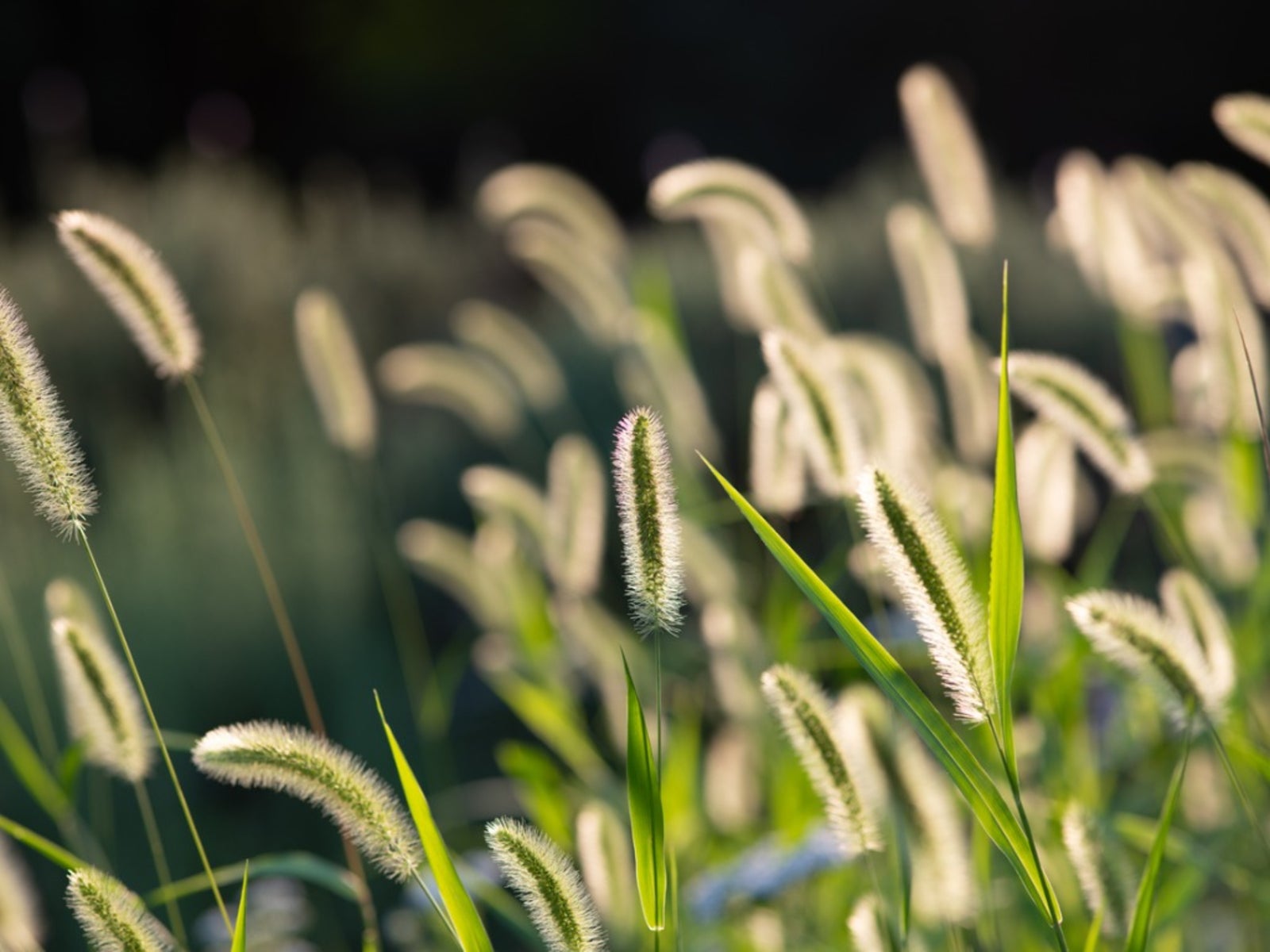

Landscaping Ideas
What Herbicide Kills Foxtail But Not Grass
Published: January 26, 2024
Discover effective landscaping ideas for controlling foxtail without harming your grass. Learn which herbicides are safe and efficient. Ideal solutions for a lush, weed-free lawn.
(Many of the links in this article redirect to a specific reviewed product. Your purchase of these products through affiliate links helps to generate commission for Storables.com, at no extra cost. Learn more)
Introduction
Welcome to the world of landscaping, where the battle against unwanted weeds is a perennial challenge. Among the many invasive species that can disrupt the beauty and health of your lawn, foxtails stand out as particularly troublesome. These grassy weeds, with their bristly seed heads, can quickly overtake a yard, competing with desirable grass and plants for essential nutrients, water, and sunlight.
In the quest to maintain a vibrant and flourishing lawn, the need for effective weed control solutions becomes apparent. However, the task of eradicating foxtails while preserving the health and vitality of your grass presents a unique set of challenges. This dilemma prompts the question: "What herbicide kills foxtail but not grass?"
Finding the right herbicide to combat foxtails without harming your desired grass species requires a nuanced approach. It involves understanding the characteristics of foxtails, identifying compatible herbicides, and implementing targeted application techniques. By delving into the intricacies of foxtail control and exploring selective herbicide options, you can equip yourself with the knowledge needed to nurture a lush, weed-free landscape.
Let's embark on a journey to unravel the secrets of foxtail management, discovering the selective herbicides that can help you achieve a harmonious balance between weed control and the flourishing beauty of your grassy haven.
Key Takeaways:
- Selective herbicides like sethoxydim, clethodim, and fluazifop target foxtails while protecting desired grass. Proper application and precautions are crucial for effective weed management and a lush, resilient lawn.
- Understanding foxtail and grass traits is key to using selective herbicides effectively. Precision application, timing, and post-care nurture a weed-free landscape while preserving the beauty of desired grass species.
Read more: What Is Foxtail Grass
Understanding Foxtail and Grass
Foxtails, belonging to the genus Setaria, encompass several annual grassy weed species that are notorious for their rapid spread and resilience. These weeds are characterized by their bushy, spike-like seed heads, which bear a resemblance to the bushy tail of a fox, hence the name. Common varieties include green foxtail (Setaria viridis), giant foxtail (Setaria faberi), and yellow foxtail (Setaria pumila).
These invasive grasses thrive in open areas, including lawns, fields, and disturbed soils, where they can quickly establish themselves and compete with desirable grass species for resources. The prolific seed production and dispersal of foxtails contribute to their aggressive spread, making them a persistent nuisance in many landscapes.
Conversely, the grass species cultivated in lawns are carefully selected for their lush appearance, resilience, and ability to form a dense, uniform turf. Common grass types used in lawns include Kentucky bluegrass, perennial ryegrass, and fine fescue, each with its unique characteristics and maintenance requirements. Maintaining the health and vigor of these grasses is essential for achieving a picturesque and verdant lawn.
Understanding the distinct growth habits, tolerance levels, and vulnerabilities of foxtails and desirable grass species is crucial when addressing weed control. While foxtails exhibit aggressive growth and a propensity to outcompete cultivated grasses, the selective nature of herbicides can be leveraged to target these weeds while safeguarding the well-being of desired grass species.
By recognizing the divergent traits of foxtails and grass, you can tailor your approach to weed management, integrating effective herbicide applications that address the specific needs and vulnerabilities of each plant type. This understanding forms the foundation for implementing targeted and selective herbicide treatments that strike a balance between foxtail eradication and the preservation of your cherished grassy expanse.
Common Herbicides and Their Effects
When combating weeds such as foxtails, the utilization of herbicides becomes a pivotal aspect of an effective weed management strategy. Herbicides are chemical formulations designed to control or eradicate unwanted vegetation, offering a valuable tool for maintaining the health and aesthetics of lawns and landscapes. Understanding the different types of herbicides and their effects is essential for making informed decisions about weed control.
Herbicides are broadly categorized based on their mode of action and selectivity. Non-selective herbicides, such as glyphosate, target a wide range of plant species and are effective at killing most vegetation they come into contact with. While these herbicides can be valuable for clearing areas of unwanted vegetation, they must be used with caution to avoid damage to desirable grass and plants.
On the other hand, selective herbicides are formulated to target specific types of weeds while minimizing harm to desired plants. Selective herbicides can be further classified based on the types of weeds they control, such as broadleaf weeds or grassy weeds. For foxtail control in lawns, selective herbicides designed to target grassy weeds are particularly relevant.
Common selective herbicides for grassy weed control include products containing the active ingredients sethoxydim, clethodim, and fluazifop. These herbicides work by disrupting the growth and development of grassy weeds while having minimal impact on desirable grass species. By specifically targeting the biological processes unique to grassy weeds, these herbicides offer an effective means of combating foxtails and similar invasive grasses.
It is important to note that the efficacy and safety of herbicides depend on factors such as application timing, environmental conditions, and adherence to label instructions. Proper application techniques, including accurate calibration of equipment and consideration of weather conditions, play a crucial role in maximizing herbicide effectiveness while minimizing potential risks to non-target vegetation.
By familiarizing yourself with the diverse herbicide options available and understanding their effects on different plant species, you can make informed choices when selecting products for foxtail control. The strategic use of selective herbicides tailored to grassy weed management provides a targeted and sustainable approach to preserving the vitality of your lawn while addressing weed infestations.
Use a selective herbicide containing sethoxydim or clethodim to target and kill foxtail without harming grass. Always follow the label instructions for proper application.
Selective Herbicides for Foxtail Control
When seeking effective solutions for foxtail control in lawns, the utilization of selective herbicides tailored to grassy weed management becomes a key consideration. Selective herbicides offer a targeted approach to combating foxtails while preserving the health and aesthetics of desirable grass species. Understanding the characteristics of selective herbicides and their application is essential for achieving successful weed management outcomes.
One of the primary considerations when selecting selective herbicides for foxtail control is the active ingredient contained within the product. Herbicides containing sethoxydim, a selective post-emergent herbicide, have demonstrated efficacy in targeting grassy weeds such as foxtails while exhibiting minimal impact on desirable grass species. Sethoxydim works by inhibiting the growth of grassy weeds through disruption of lipid synthesis, providing a targeted and efficient means of weed control.
Clethodim is another active ingredient found in selective herbicides designed for grassy weed management. As a cyclohexanedione herbicide, clethodim disrupts the growth processes of grassy weeds, impeding their development while allowing compatible grass species to thrive. The selective nature of clethodim makes it a valuable tool for addressing foxtail infestations without compromising the health and appearance of your lawn.
Fluazifop, a selective post-emergent herbicide, is also utilized for controlling grassy weeds in lawns, offering targeted efficacy against foxtails and similar invasive grass species. By selectively targeting the biochemical pathways essential for the growth and survival of grassy weeds, fluazifop provides a specialized approach to weed management, allowing desirable grasses to flourish while suppressing weed populations.
When applying selective herbicides for foxtail control, it is crucial to adhere to recommended application rates, timing, and precautions specified on the product labels. Proper calibration of application equipment, consideration of environmental conditions, and adherence to safety guidelines are essential for maximizing herbicide efficacy while minimizing potential risks to non-target vegetation and the environment.
By incorporating selective herbicides into your weed management regimen, you can address foxtail infestations with precision, safeguarding the lushness and beauty of your lawn. The strategic use of selective herbicides tailored to grassy weed control offers a sustainable and targeted approach to nurturing a weed-free landscape while promoting the flourishing growth of desired grass species.
Application and Precautions
When implementing selective herbicides for foxtail control, the proper application techniques and adherence to safety precautions are paramount for achieving effective weed management outcomes while safeguarding the health of desirable grass species. Understanding the best practices for herbicide application and the necessary precautions is essential for maximizing efficacy and minimizing potential risks.
Prior to herbicide application, it is crucial to carefully assess the extent of the foxtail infestation and identify the target areas for treatment. Selective herbicides should be applied when foxtails are actively growing and at a stage conducive to herbicide uptake, typically during their early growth stages. Timing the application to coincide with optimal growth conditions for foxtails enhances the herbicide’s effectiveness in controlling weed populations.
Accurate calibration of application equipment, such as sprayers or spreaders, is essential for ensuring precise and uniform herbicide coverage. Proper calibration helps prevent under-application, which may result in inadequate weed control, or over-application, which can lead to potential damage to desirable grass species. Following the manufacturer’s recommended application rates and techniques is crucial for achieving optimal results while minimizing the risk of herbicide-related issues.
Weather conditions play a significant role in herbicide application, as environmental factors can impact herbicide efficacy and potential off-target effects. Ideally, herbicides should be applied on a calm day to minimize drift, and precipitation should be absent to ensure adequate adherence of the herbicide to the target vegetation. Additionally, avoiding application during periods of temperature extremes or drought stress can help mitigate potential stress on desirable grass species.
Adhering to safety precautions outlined on herbicide labels is essential for protecting both applicators and the surrounding environment. Personal protective equipment, such as gloves, goggles, and appropriate clothing, should be worn when handling and applying herbicides. Additionally, maintaining buffer zones between treated areas and sensitive non-target vegetation, such as ornamental plants or water bodies, helps prevent unintended herbicide exposure and potential damage.
Post-application care and monitoring are essential components of responsible herbicide use. Following herbicide application, it is important to observe the treated areas for signs of foxtail control and monitor the health of desirable grass species. Providing adequate irrigation and nutrient support to promote the recovery and vigor of desirable grasses contributes to the overall success of the weed management efforts.
By adhering to best practices for herbicide application, exercising caution, and prioritizing environmental stewardship, you can effectively address foxtail infestations while nurturing the health and vibrancy of your lawn. The judicious use of selective herbicides, coupled with meticulous application and precautionary measures, forms the cornerstone of responsible and effective weed management, contributing to the creation of a thriving and resilient landscape.
Read more: What Kills Torpedo Grass
Conclusion
The quest to maintain a flourishing and weed-free lawn is a journey that demands a deep understanding of plant dynamics, selective herbicides, and responsible application practices. In the realm of foxtail control, the pursuit of effective weed management hinges on the strategic utilization of selective herbicides designed to target grassy weeds while safeguarding the vitality of desired grass species.
By delving into the nuances of foxtail and grass characteristics, we gain insight into the divergent traits and vulnerabilities of these plant types. This understanding serves as the foundation for implementing targeted and selective herbicide treatments that strike a harmonious balance between foxtail eradication and the preservation of a lush, green landscape.
Common herbicides such as sethoxydim, clethodim, and fluazifop offer selective efficacy in controlling grassy weeds, providing a specialized approach to foxtail management. These herbicides, when applied with precision and adherence to safety guidelines, serve as valuable allies in the battle against invasive foxtails, allowing desirable grass species to thrive while suppressing weed populations.
When applying selective herbicides for foxtail control, meticulous attention to application timing, equipment calibration, and environmental considerations is paramount. By adhering to best practices and safety precautions, we minimize the potential risks to non-target vegetation and the environment, fostering a landscape that flourishes in both beauty and resilience.
The journey toward a weed-free lawn extends beyond herbicide application, encompassing post-treatment care and ongoing vigilance. By nurturing the recovery and vigor of desirable grasses and monitoring the efficacy of weed control efforts, we cultivate a landscape that embodies the harmony between meticulous care and natural splendor.
In conclusion, the selective herbicides tailored to grassy weed management offer a pathway to achieving a vibrant and weed-free lawn, where the beauty of desired grass species reigns supreme. Through the fusion of knowledge, precision, and environmental stewardship, we pave the way for a landscape that thrives in its resilience and captivates with its lushness, embodying the artistry of effective weed management.
Frequently Asked Questions about What Herbicide Kills Foxtail But Not Grass
Was this page helpful?
At Storables.com, we guarantee accurate and reliable information. Our content, validated by Expert Board Contributors, is crafted following stringent Editorial Policies. We're committed to providing you with well-researched, expert-backed insights for all your informational needs.
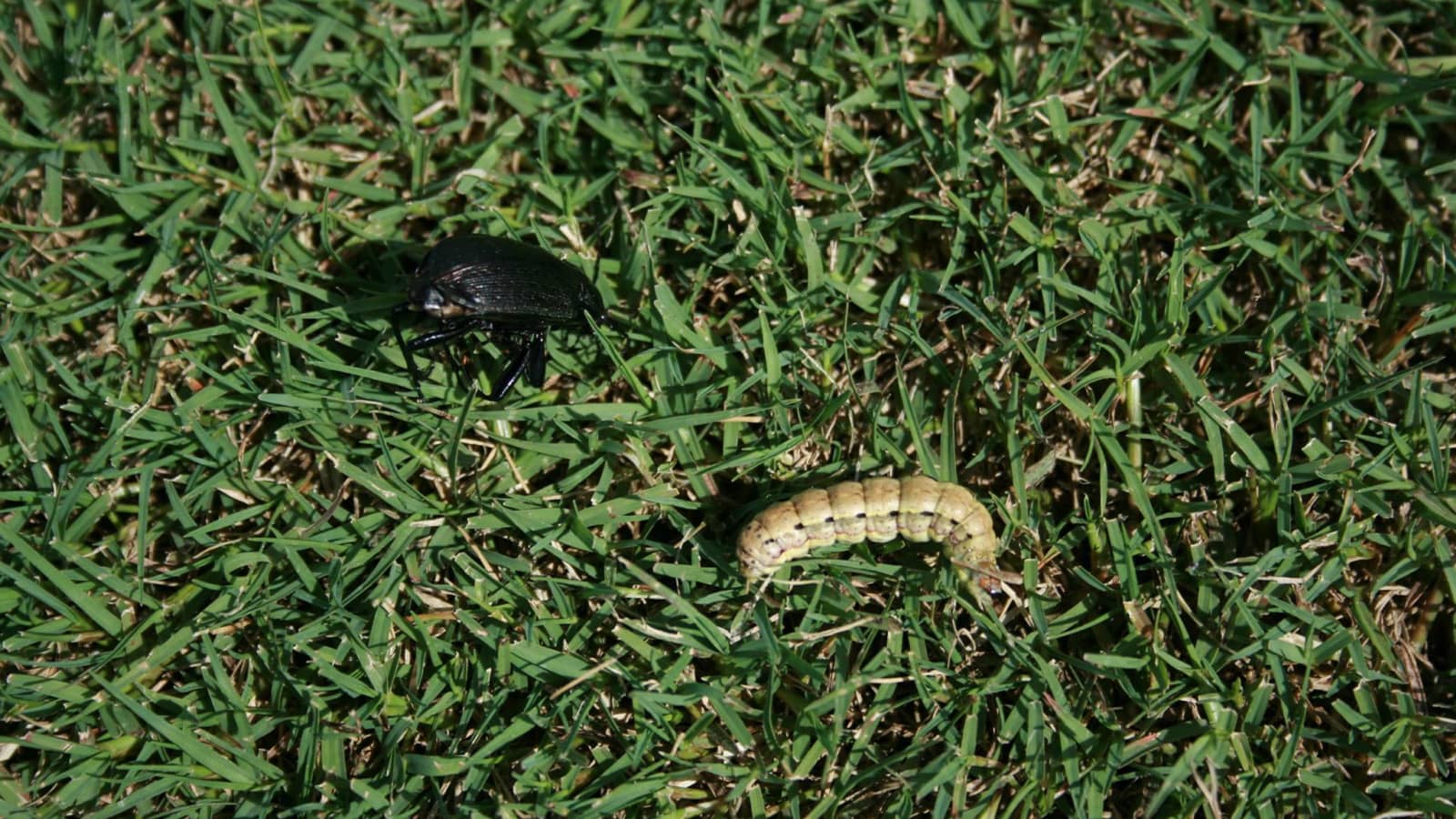

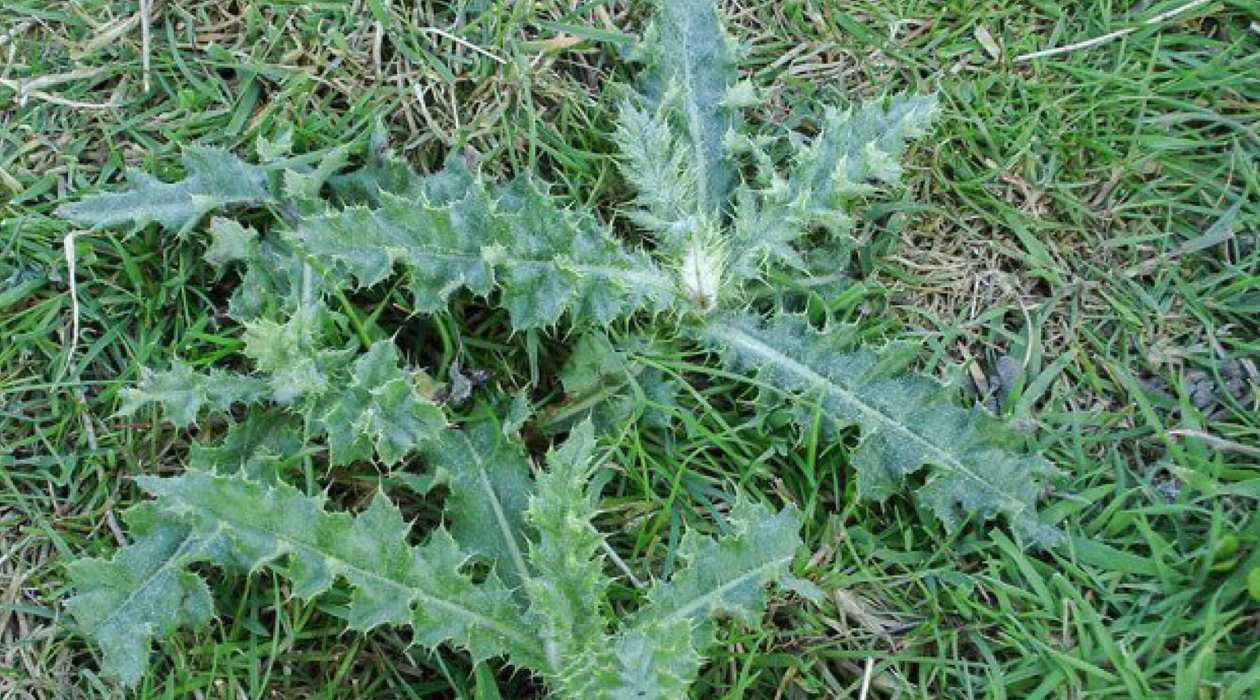
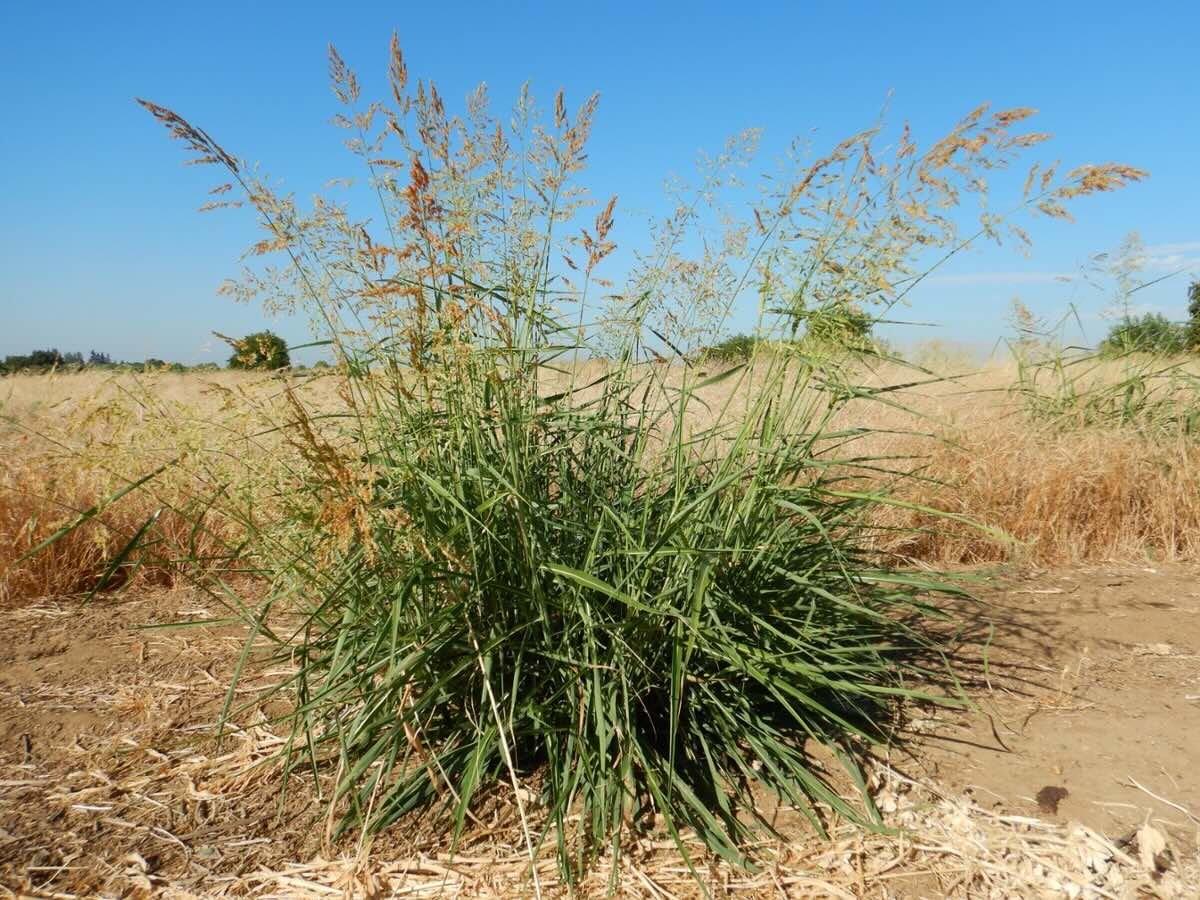
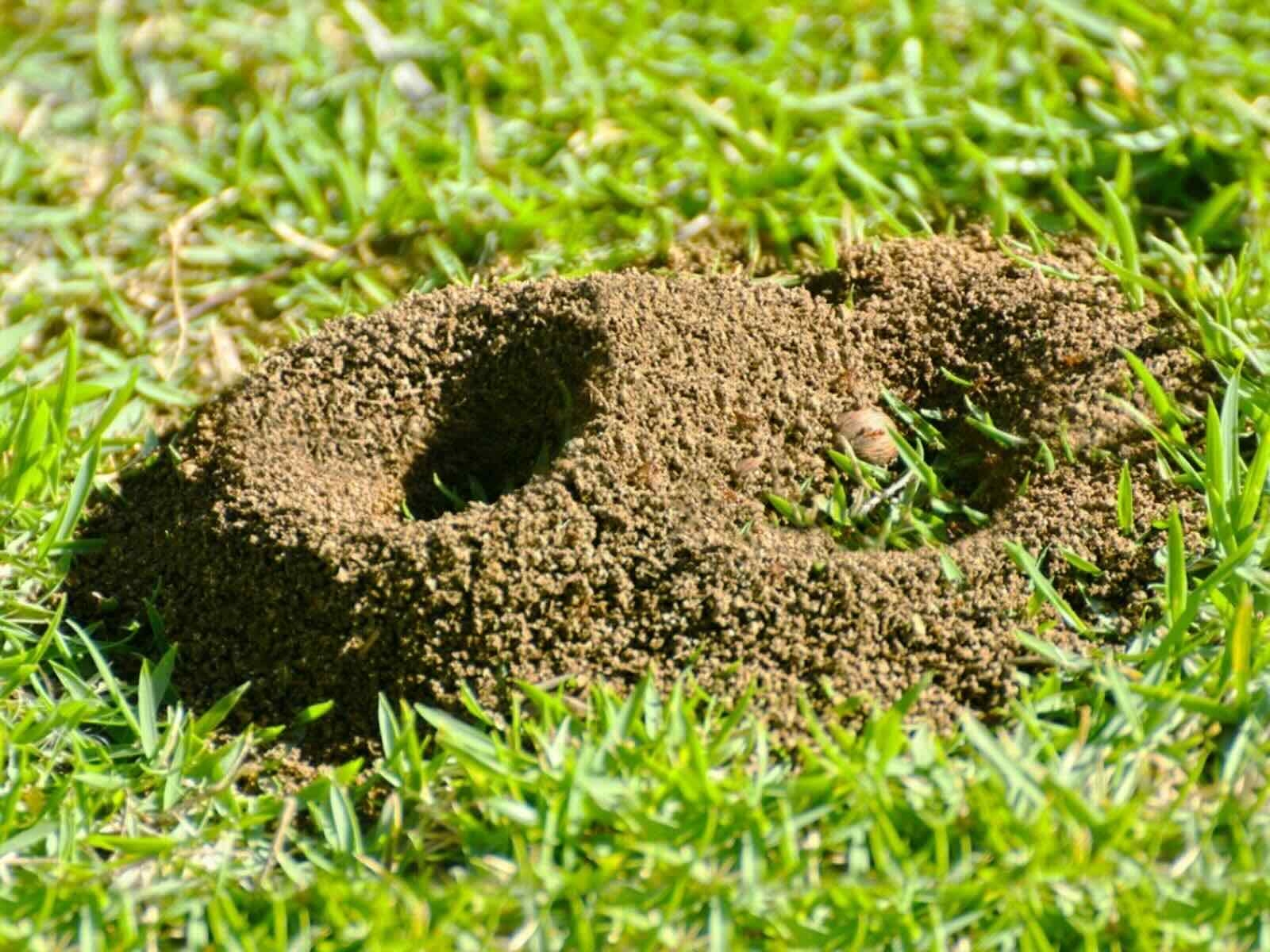
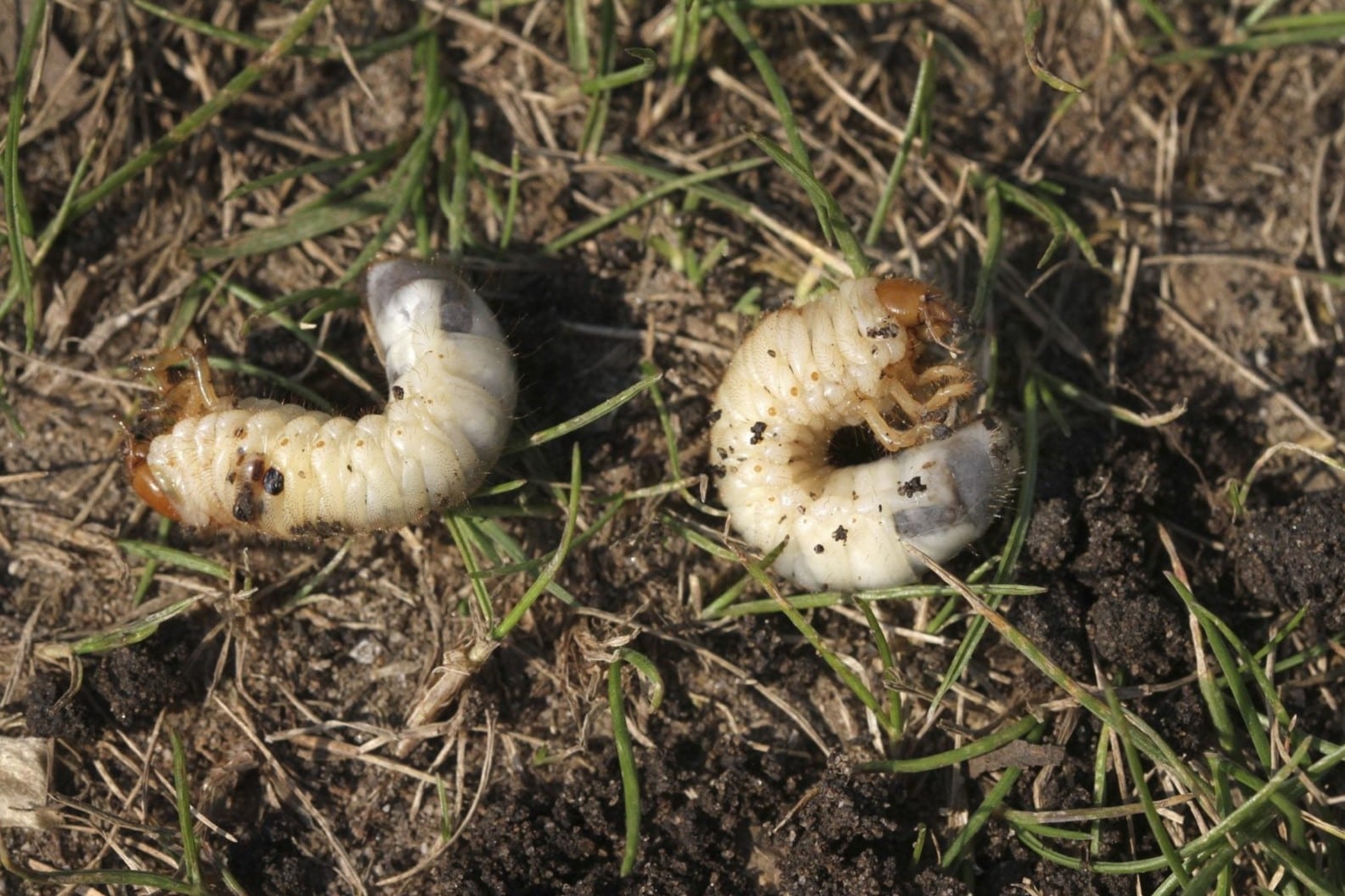
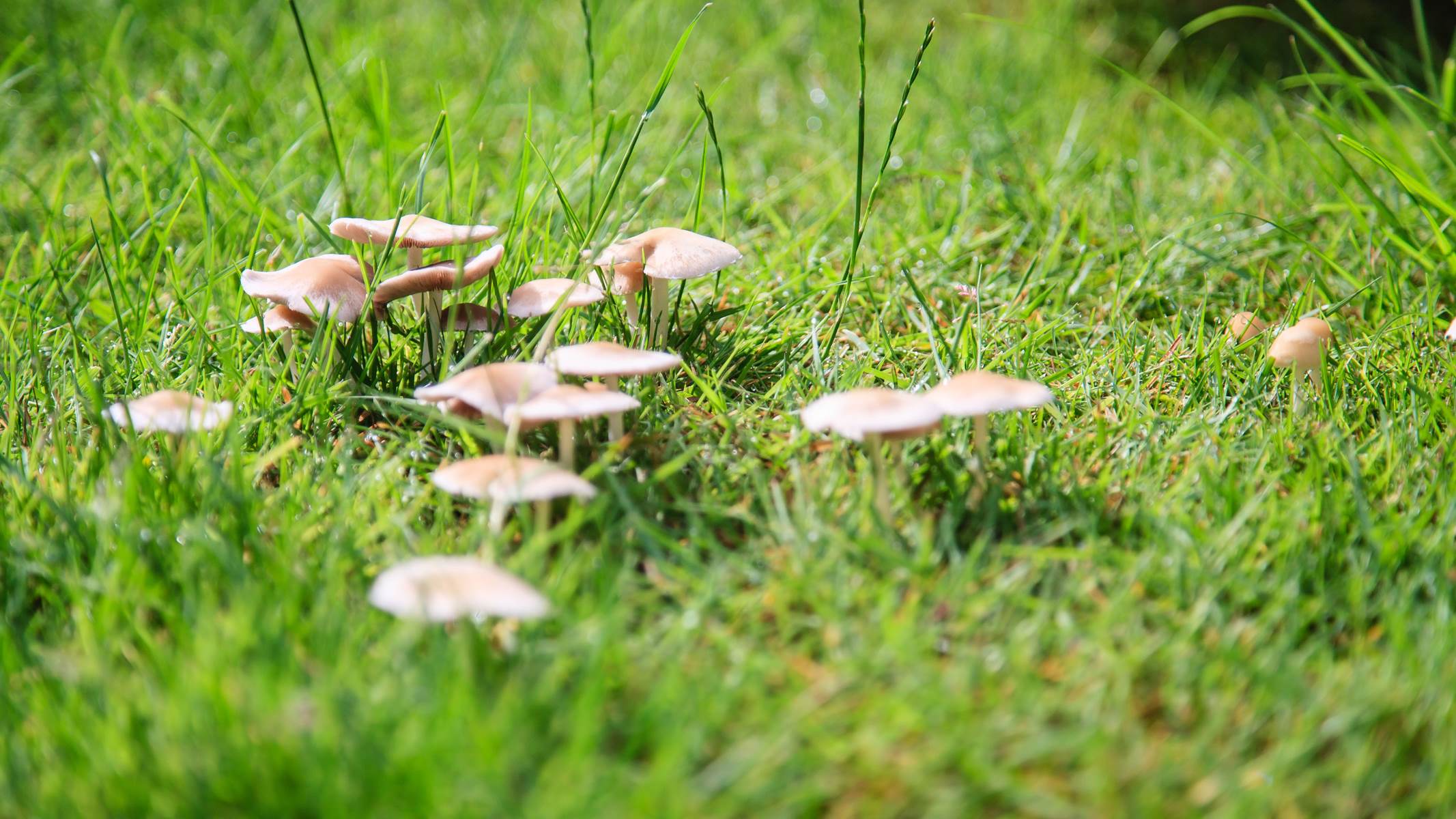
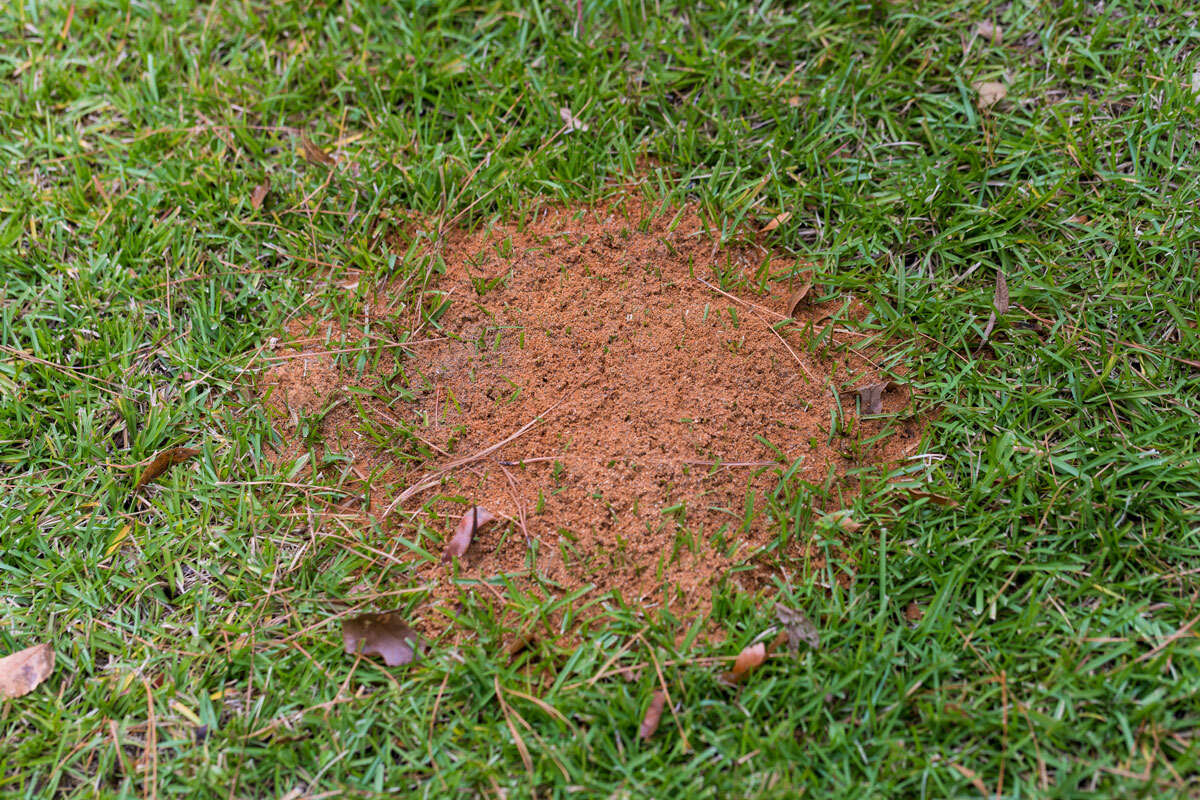
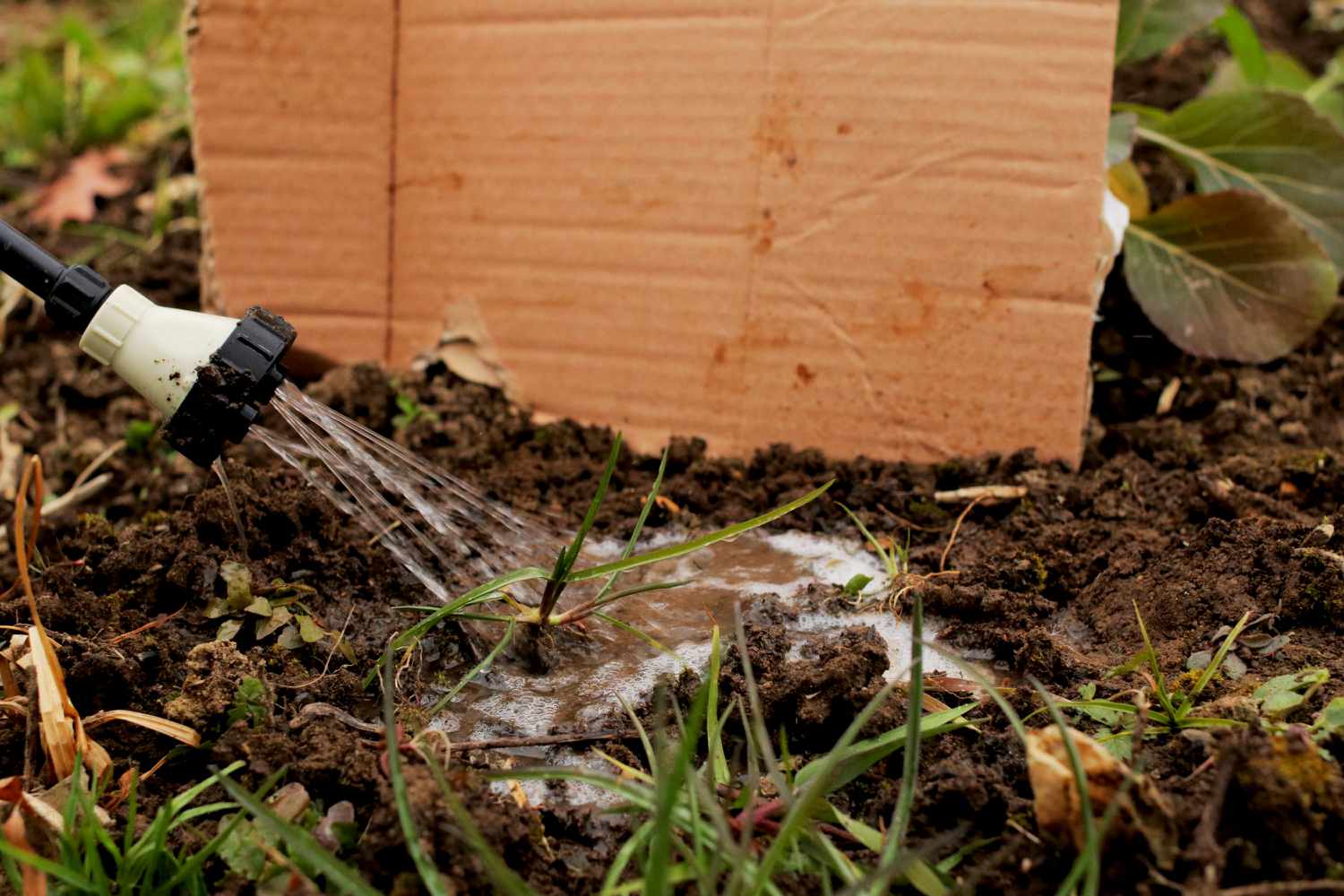
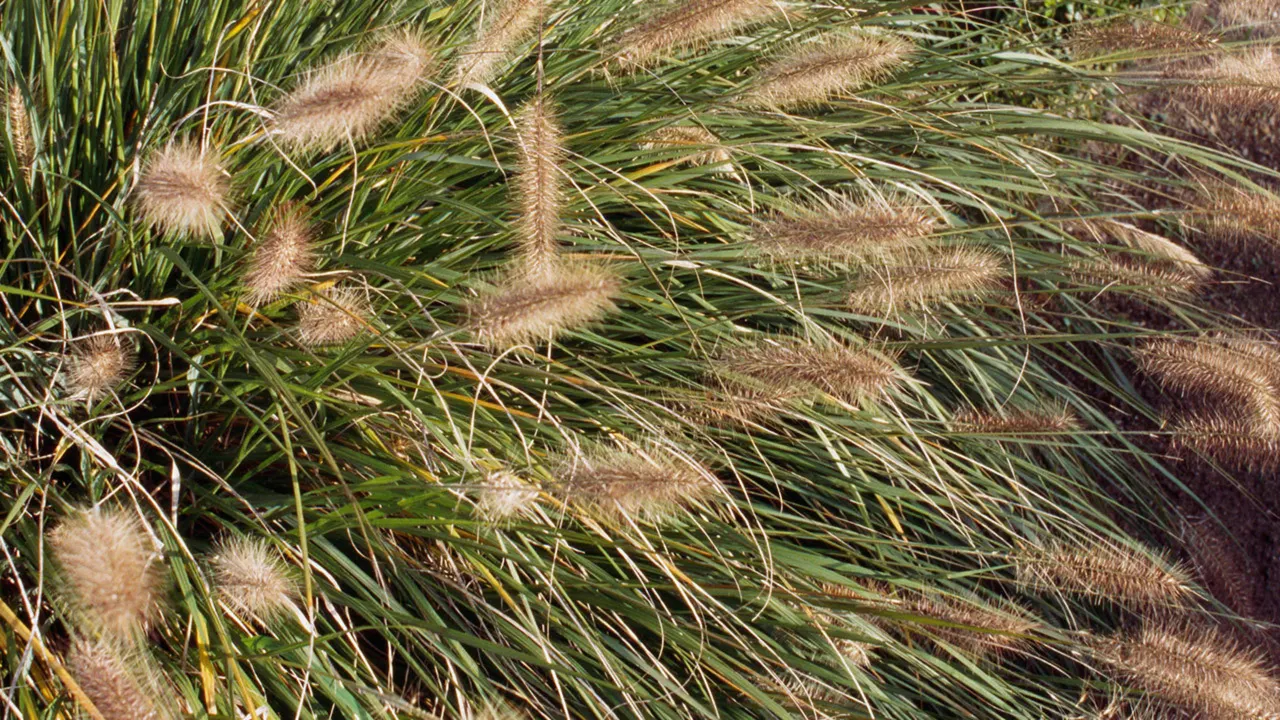
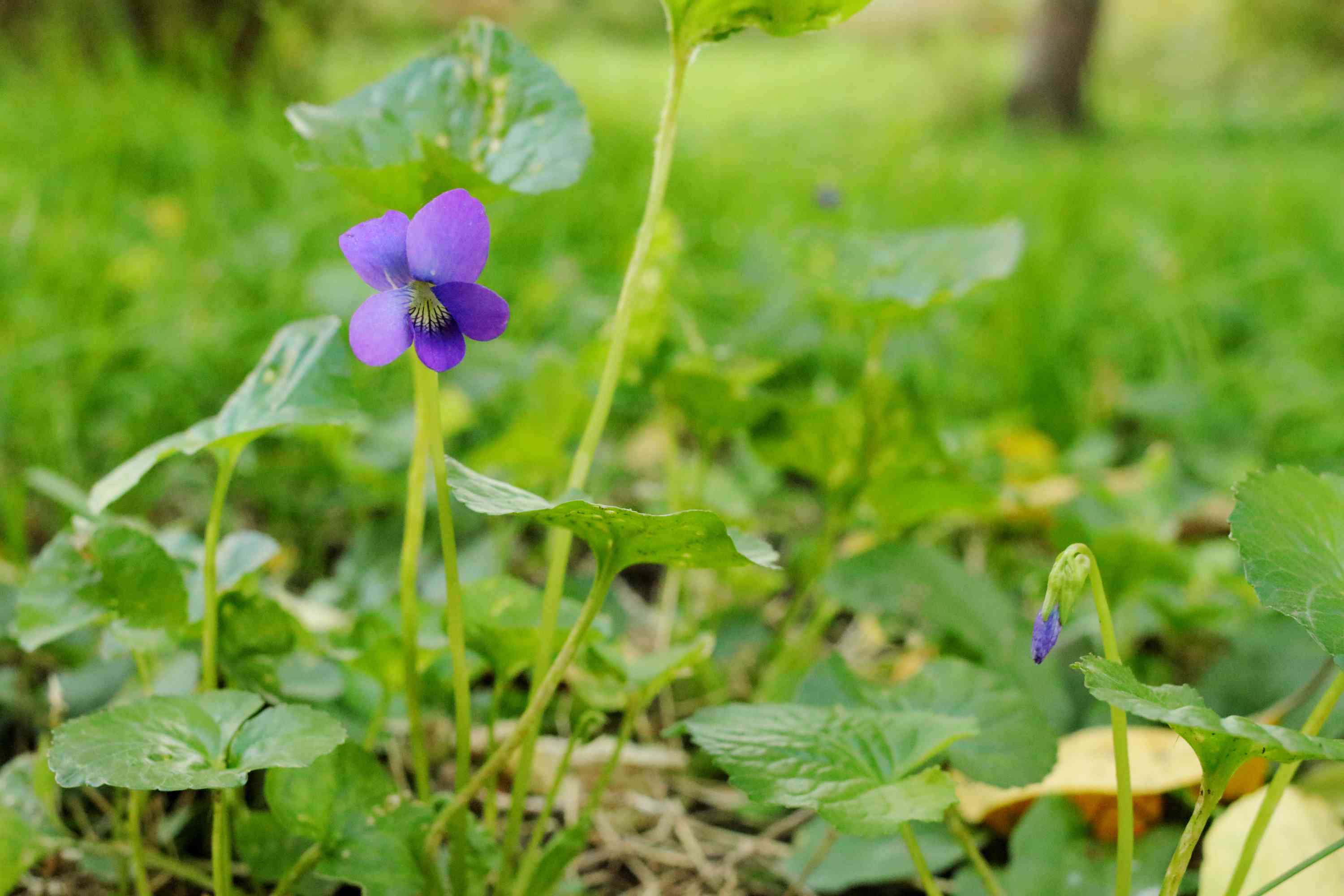
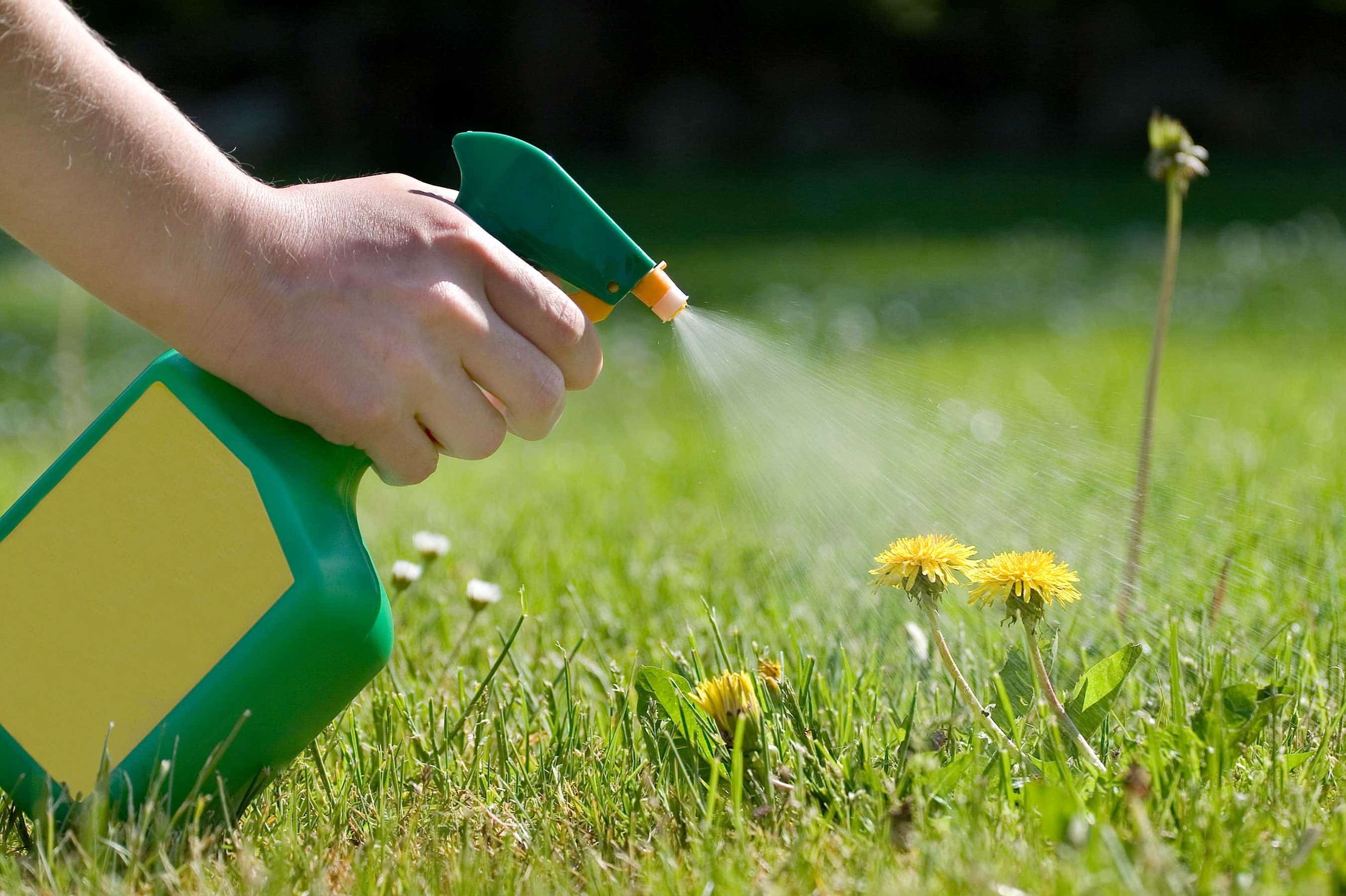
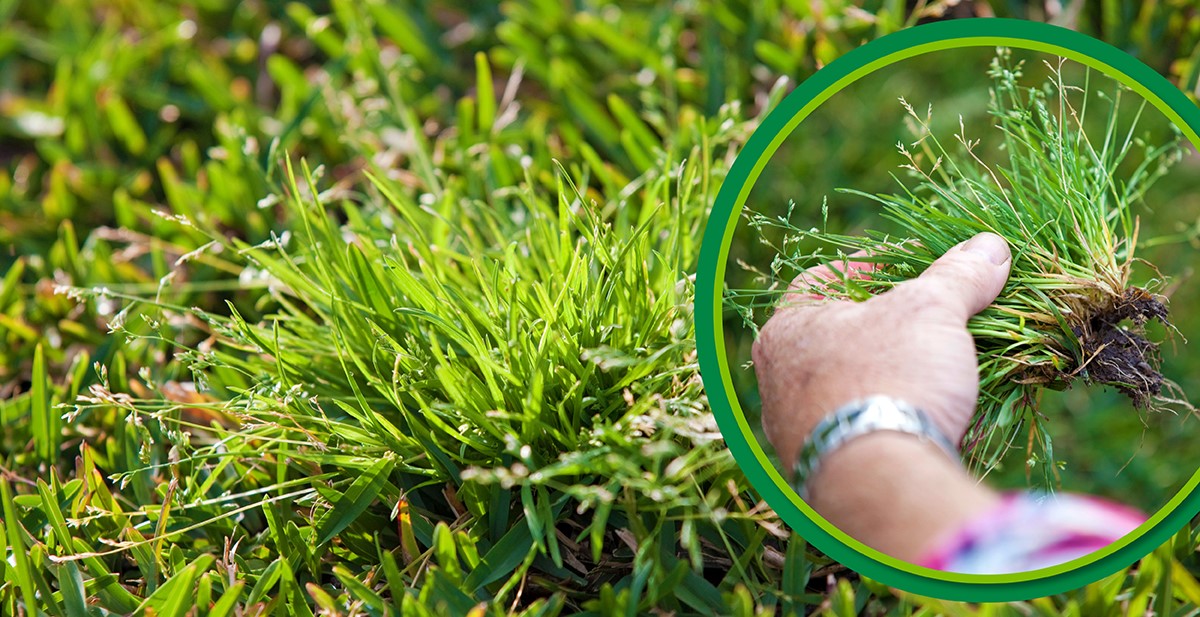


0 thoughts on “What Herbicide Kills Foxtail But Not Grass”